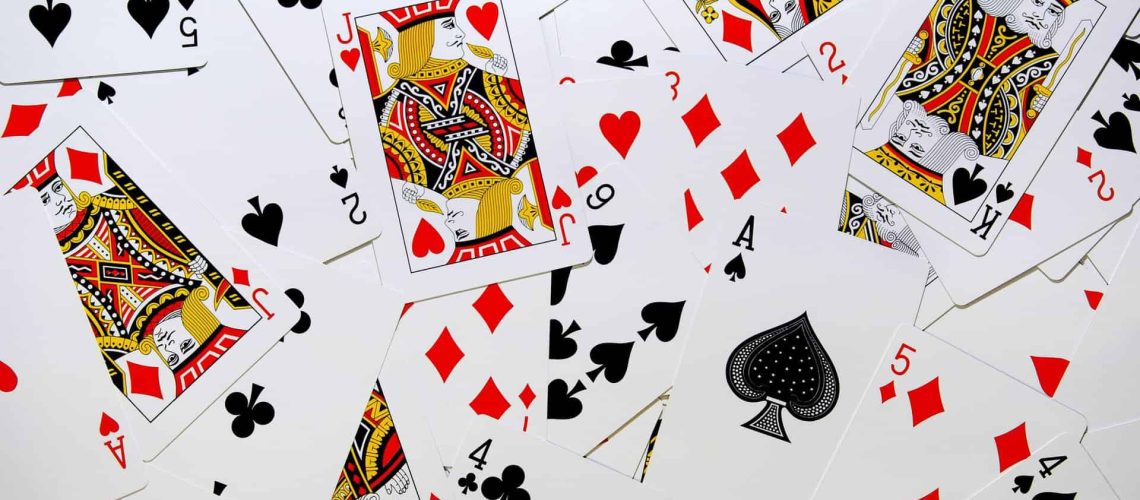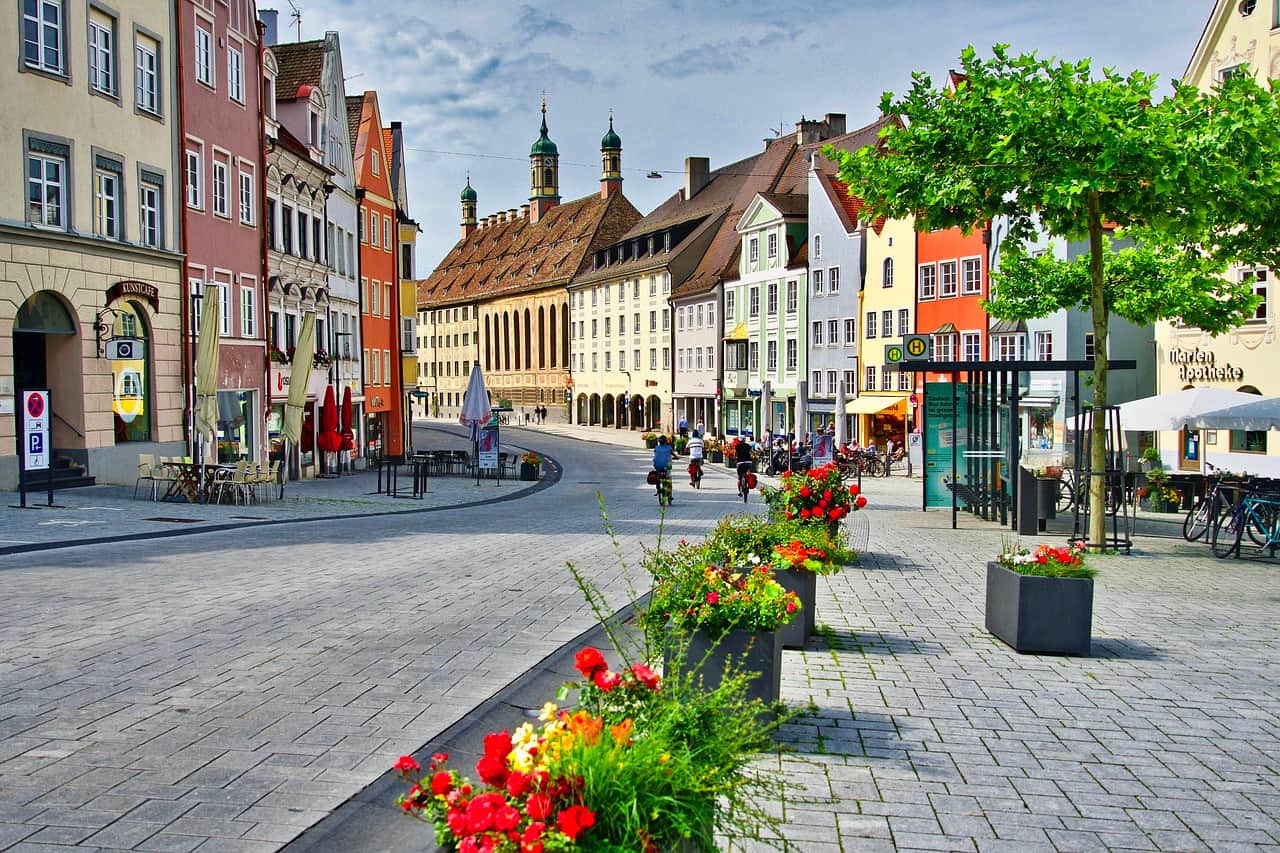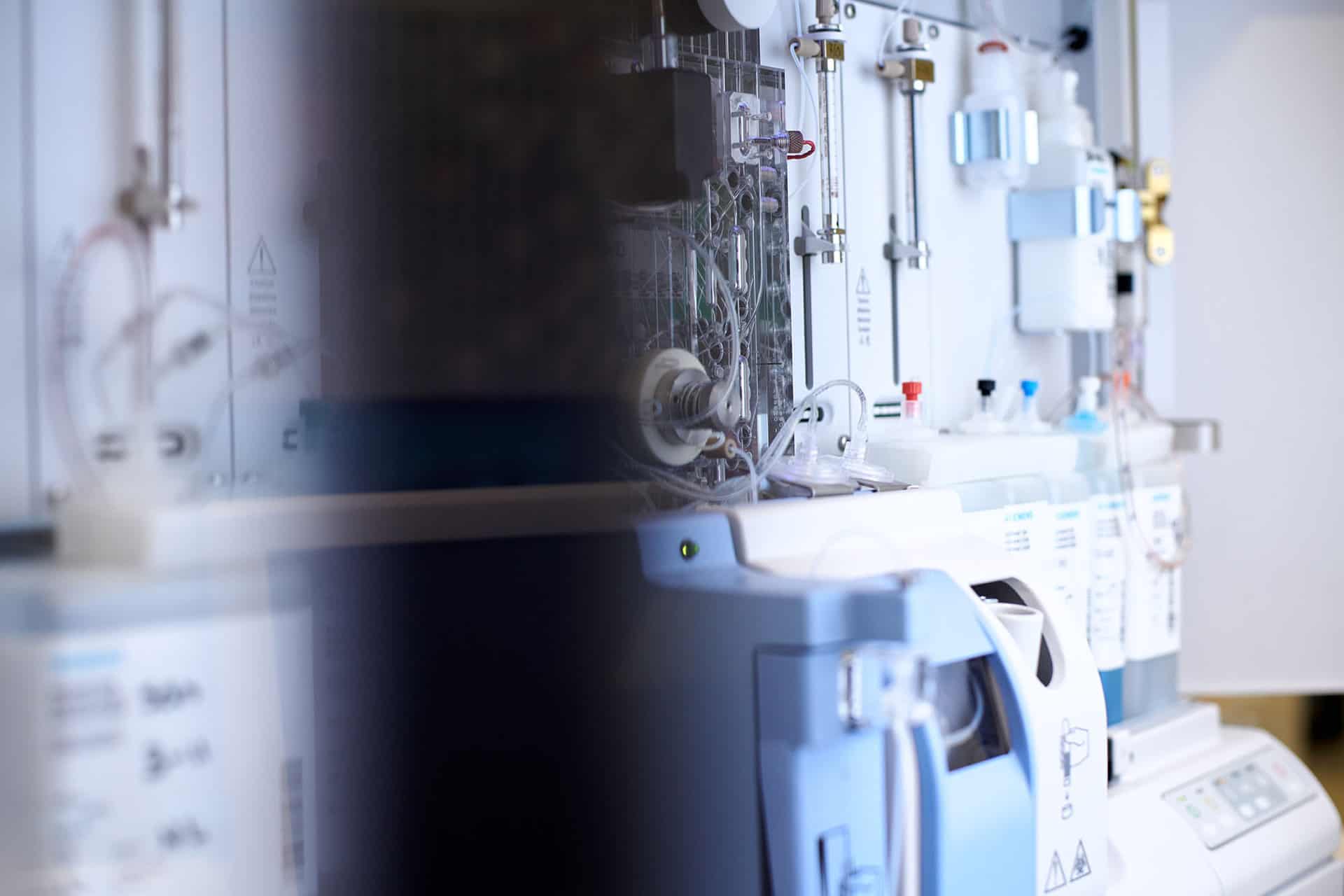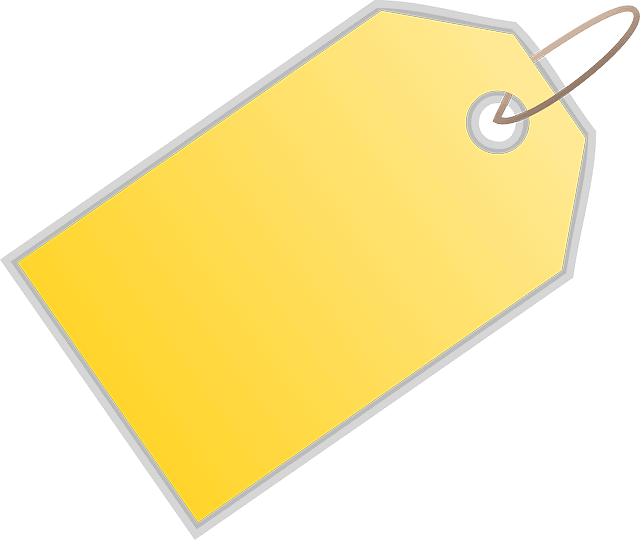Playing cards have always been thought of as a very disposable product. You buy a pack of cards, use them for a while, then throw them away. This is a common misconception, especially with 100% plastic cards becoming more and more used. Although paper cards have their place in the whole world of playing cards, plastic cards are much more durable.
There are a few variations of plastic cards, and they are made differently. In total there are three main types of cards. Paper, paper cards with a plastic lining, and 100% plastic cards. 100% plastic cards are by far the longest lasting. Lasting up to 200 hours of poker play.
Paper cards are gonna be your normal pack of cards where you can pick up almost anywhere, with their lower price, why not? But these cards will wear out much faster, and they cannot be cleaned if something were to spill on them.
Plastic lined cards are a bit better, as they can be cleaned and will last a little longer. Professionals will say that they lose their “smooth” feeling, as the paper will eventually soak up oils from player’s hands.
This is a huge advantage with the fully plastic cards, the only material in them is plastic, this will not soak up oils, and can be very easily cleaned. Although a plastic deck will come with a higher price point, it is well worth it for the time they will give you. A full comparison of the different types of cards can be found here.
Plastic cards are worth it for many reasons. Their durability, ability to be cleaned, and cannot be tampered with as easily. Why use paper cards when a few more bucks can bring you a much longer lasting deck of playing cards? But how are they made?
First of all, let’s see how paper cards are made. They are made by taking 2 sheets of paper, gluing them together, then running them through a process to apply the ink on the front. Do that about 50 more times and you’ve got yourself a deck of paper cards.
To make a plastic-lined deck, repeat the process above, but apply a thin layer of plastic polymer to the cards to give them a smoother finish. These will be a more durable playing cards set than a normal paper deck.
Plastic cards arent made too much more differently than paper. A full sheet of plastic is laid out, big enough for the whole deck to be printed on one sheet. But first, a technician will print out a full sheet of cards on paper and verify that it contains the right cards (all suits, colors, and numbers). Once it has been cleared for printing, the process can start. Next, sheets of thin colored plastic are laid on top of each other, and a laser will push the color onto one another to create the card faces. These are then laminated on a sheet to make sure the color and artwork will come out correctly. Once this has been completed, different colors of ink will be put into rollers. A machine will grab each individual sheet of plastic and run through the rollers, printing the ink onto the sheet. When 1 full sheet of cards has been made it runs through the rollers again, but facing down. The back of the cards in then printed, using the same process. Once the ink has dried it will run through cutters that will divide the 100% plastic cards into long thin sheets of cards, it is then cut into individual cards. When all the cards have been cut, they are organized into decks. Then head towards a cutter that will round off all 4 corners of the deck. They are then wrapped in cellophane, and packaged in their own each individual card box. There you have a full deck of 100% plastic playing cards.
In a matter of no time, a sheet of plastic and a can of ink can be converted into a set of durable playing cards sitting on the dinner table. There is much more to be taken into account when buying cards, but this quick breakdown of how they are made can give some insight.





